May 19, 2024 | 16:58 GMT +7
May 19, 2024 | 16:58 GMT +7
Hotline: 0913.378.918
May 19, 2024 | 16:58 GMT +7
Hotline: 0913.378.918
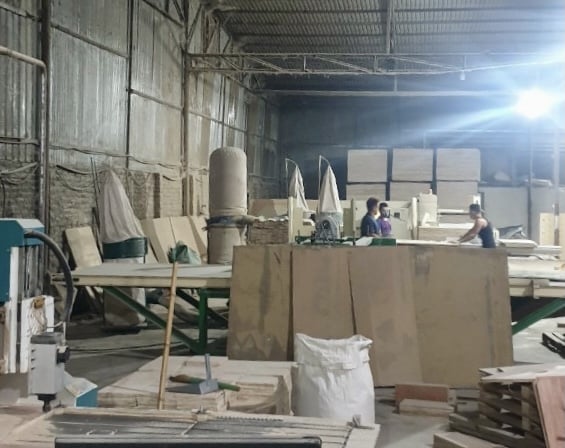
Plywood manufacturing enterprises are reducing their capacity by 30% due to a lack of raw materials. Photo: VGP/Do Huong.
According to Mr. Nguyen Van Dong, Director of Hoa Linh Co. Ltd (Thanh Ba district, Phu Tho province): “Currently, we are short of 30% of raw materials for production, progress is delayed. Up to now it has not been to the point of being fined but has caused annoyance for customers, so it is hard to keep customers”.
Mr. Dong explained that the lack of material was due to the climate characteristics of the Northern Region resulting in heavy rain in the past few months, making the peeled boards unable to dry. In the meantime, Chinese partners bought the wet ingredients and pushed the price up very high, so the peeled board sellers cumulatively sold them to the Chinese side.
“Selling boards while still wet is very beneficial for forest growers because it does not take too much time to dry. But the problem here is that the businesses purchasing peeled boards for export to the Chinese market declare below the true value of the products. This causes loss of budget revenue and creates unfairness for domestic plywood enterprises ”, added Mr. Dong.
As shared by Mr. Trinh Xuan Duong, Director of Ke Go Co. Ltd, Vice Chairman of Plywood Branch Association, some members are skeptical that peeled board exporting enterprises are declaring to the customs the peeled board value to be lower than the actual value to reduce export tax payment, which accidentally creating a “bleeding” of raw materials to the Chinese market, causing lack of raw materials for domestic production.
According to Mr. Trinh Xuan Duong, in the aspect of the current quality of peeled boards, the massive purchasing causes other purchasing units to accumulate goods to sell, regardless of quality. Mr. Duong assessed that the quality of peeled boards is currently reduced by 20% to 30% compared to normal. Previously, a grade A plywood with about 10% grade B was accepted, but now the rate of B type sometimes going up to 40% in grade A (price grade A) is still acceptable to maintain production.
Mr. Duong worried that it is already a problem as the poor quality of boards makes it hard for factories to ensure production, but when the Chinese side stops purchasing or turns back to sue for quality, it is very difficult for the goods to return. Many processing enterprises no longer have the sufficient production capacity to wait.
And Mr. Do Xuan Lap, Chairman of the Association of Vietnam Timber and Forest Product (VIFOREST), said that the Plywood Branch Association has just sent a document to VIFOREST to propose to the Conference to propose to the Ministry of Finance to take measures to control the price of peeled board commodity exported to Chinese markets.
Currently, most peeled boards exporting companies are commercial companies, but when preparing their export documents, they often state that Veneer preliminary processing enterprises buy logs directly from farmers to avoid VAT tax refunds.
The Plywood Branch Association requested the Association of Vietnam Timber and Forest Product to propose the Ministry of Finance impose a minimum price for exported peeled boards made from acacia wood, eucalyptus wood, fatwood, and forest-planted linden wood at a minimum FOB price of USD 160/m3, USD 200/m3 for peeled boards manufactured from rubber. At the same time, they need to strictly control the origin document of peeled boards for export to protect the raw materials for domestic production, creating momentum for the development of the plywood industry.
Translated by Samuel Pham
/2024/05/18/1754-1-151202_20.jpg)
(VAN) The rubber industry is urgently meeting EUDR regulations on traceability from large plantation rubber to smallholder rubber and imported rubber.
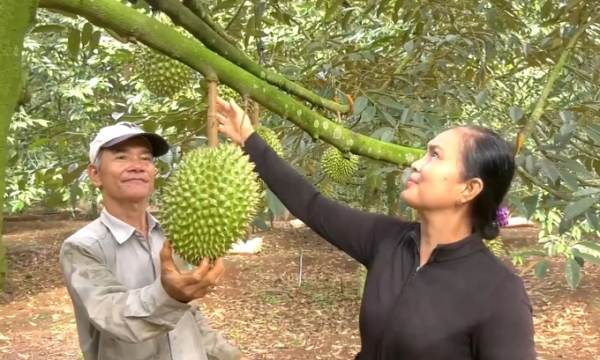
(VAN) Durian export value has increased sharply in recent months, combined with increased output, this year's durian exports may exceed USD 3 million.
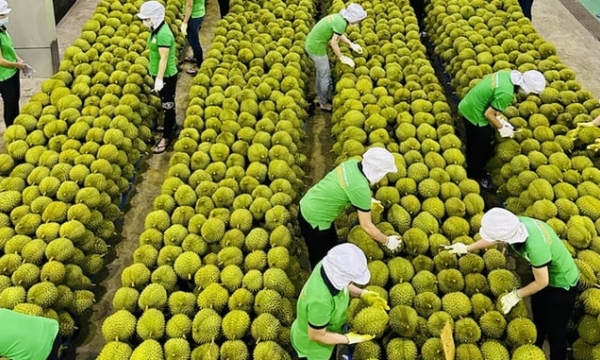
(VAN) Vietnam's fruit and vegetable exports in 2023 reached USD 5.6 billion, an increase of 66.7% compared to 2022 thanks to a sharp increase in exports to China, the EU, and Korea.
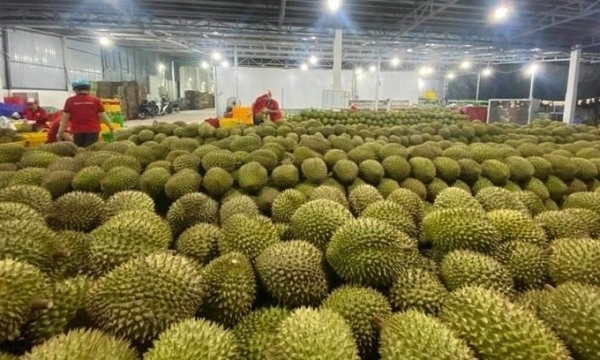
(VAN) Vietnam hopes to expand durian exports to India, helping reduce dependence on China and opening up new development opportunities for the agricultural industry.
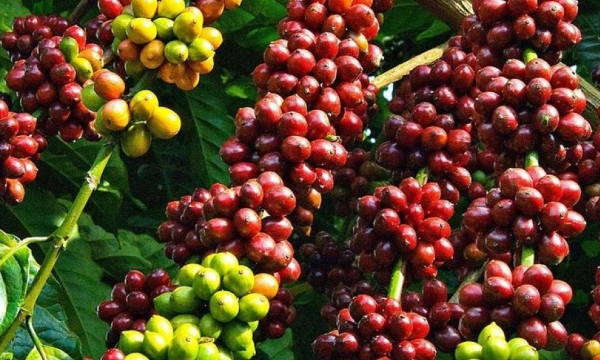
(VAN) Coffee prices dropped by 35,000 dong per kilogram one week after reaching a record high. However, the downward momentum is expected to be halted by ongoing concerns over coffee supply.
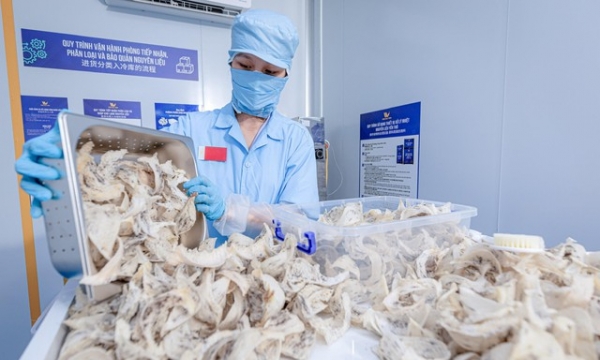
(VAN) The first shipment of bird's nests and Vietnamese agricultural products from Hai Yen Nha Trang Company has just been 100% cleared into France.
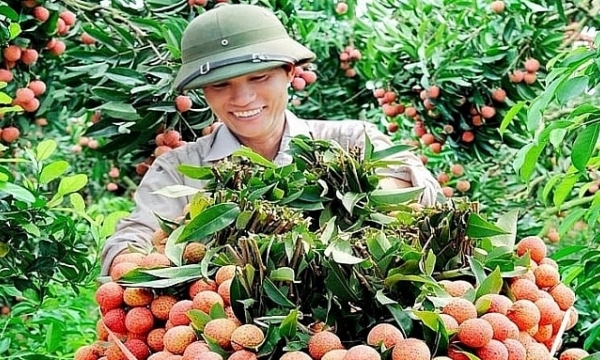
(VAN) This year's lychee season is considered by Bac Giang province to have the highest quality ever, with output forecast to reach 100,000 tons.